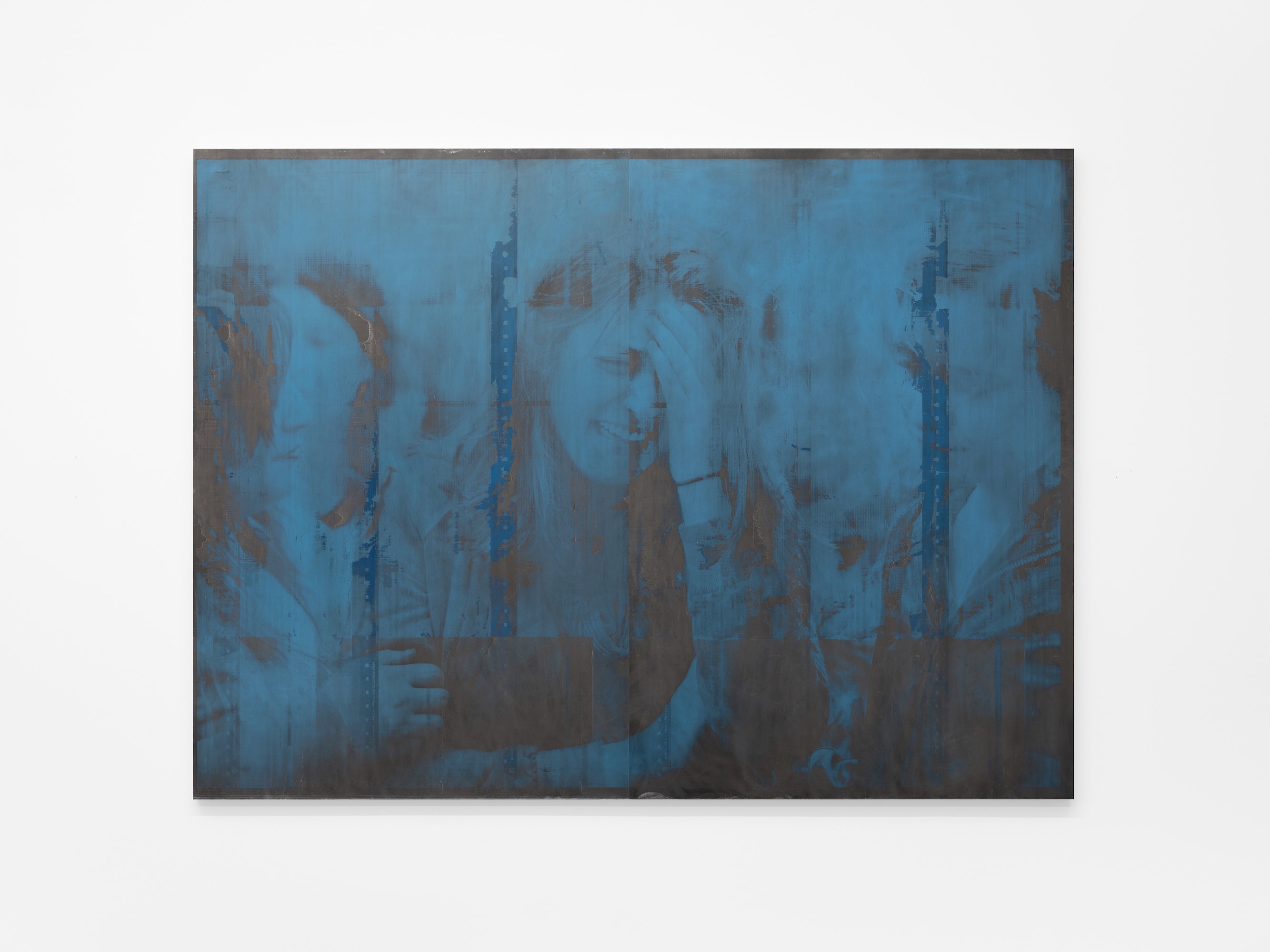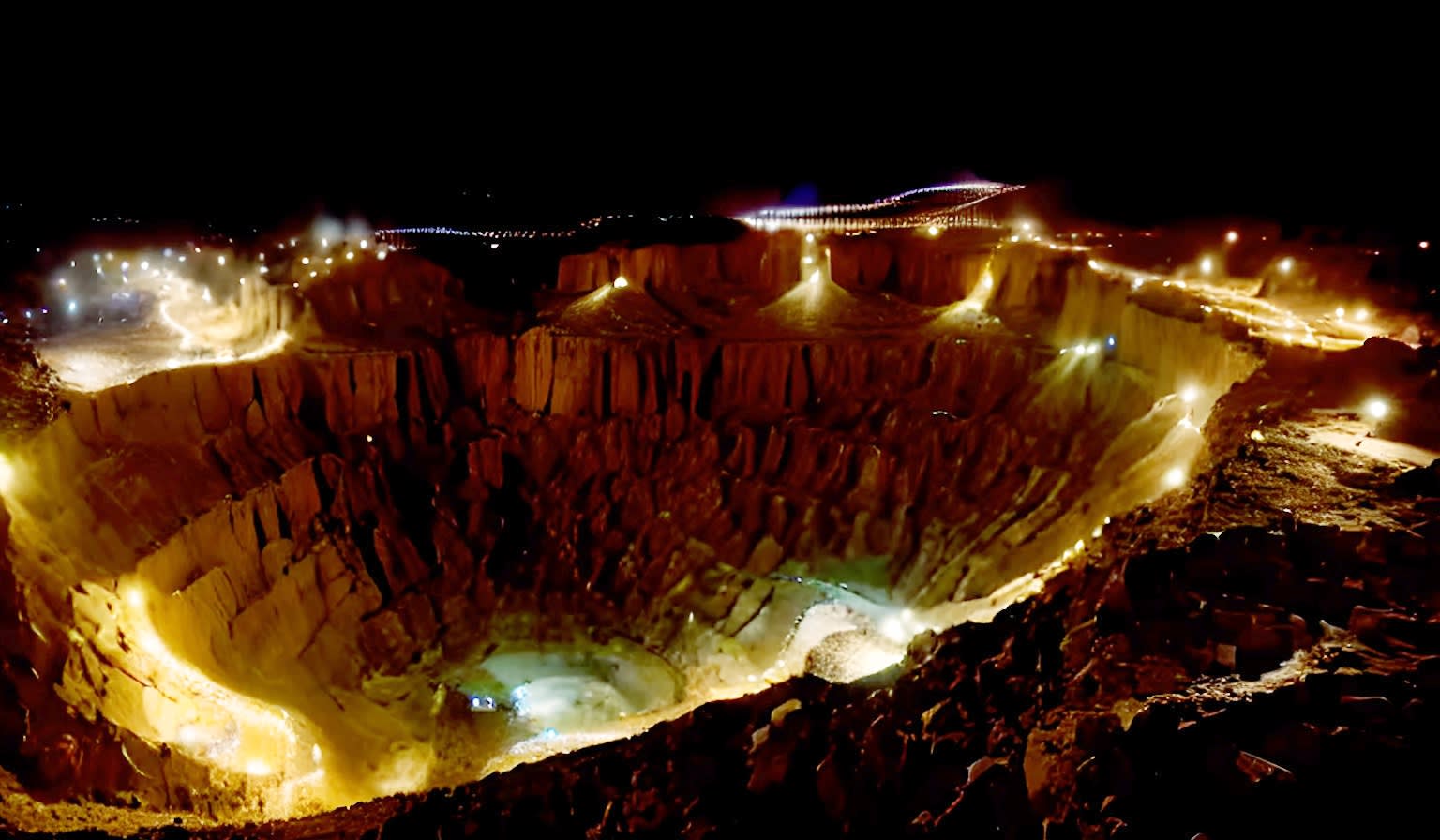We Love Brussels published a very thoughtful review of Emmanuel Van der Auwera's current solo exhibition at the gallery, titled A Thousand Pictures of Nothing.
Read the full article by Salvatore Constantino here
If we make a small detour from the usual Brussels art scene paths, we might have the chance to find ourselves in the streets of Molenbeek, ringing to enter one of the most bold and interesting galleries in town: Harlan Levey Projects. Its mission is to support and enhance ambitious and innovative artistic practice. The gallery works closely with a small group of artists, tending for narrative-driven, conceptual, and often research-based work.
I visited HLP on the occasion of the last Brussels Gallery Weekend to see Emmanuel Van der Auwera’s A Thousand Pictures of Nothing, his third exhibition with the gallery, on view until December 16th.
Van der Auwera is a multidisciplinary artist known for seamlessly blending traditional techniques with cutting-edge innovations like generative AI. His work has gained recognition through exhibitions at prestigious venues in Europe, including the Palais de Tokyo, Centro per l’Arte Contemporanea Luigi Pecci, and Centre Pompidou. Additionally, his art has been acquired by both the upcoming Kanal – Centre Pompidou in Brussels and the Dallas Museum of Art in the United States. What struck me is his talent in using new digital technologies with an analogical, artisanal approach and vice versa, while investigating on today’s tech myths, the influence of media on society and visual culture. This is exemplified in two of the works on display at HLP, 'Memento' and Videosculpture XXVII (January 6th).

Emmanuel Van der Auwera, VideoSculpture XVII (January 6th), 2023, installation view A Thousand Pictures of Nothing, Harlan Levey Projects, 2023. Photo credit Adriaan Hauwaert
In the latter, for instance, Van der Auwera uses thirty LCD screens as a malleable material, in a sort of action painting manner or a high-tech décollage. Carving with a knife the polarizing filters of the screens, deconstructing them to achieve a tense surface of elusive strips, akin to what the artist describes as a shredded canvas. There is an intense dynamic in the piece, of the 500 hundred livestream videos of the Capitol Hill Assault on January 6th he downloaded, he picked all the scenes where there is a palpable instability, so the eye is continuously confronted with the uncertainty of the events displayed, it feels like navigating troubled waters which can be seen as a good metaphor for those events. The artist also imagined this piece as an altarpiece (showing the important influence of Old Masters painters): my first impression was also connected to religion although it felt more like a contemporary iconostasis, where the serene stasis of the icons displayed on it is eerily challenged by the liquid quality of the recordings. All the technicalities of the artwork are visible, from the open back of the screens to the myriad and intricate cables and cards of Raspberry PI in the front, which in a way mitigates the sleek and impenetrable idea we have of technological tools.

Emmanuel Van der Auwera, Memento 51 (Boston Marathon), 2023, installation view A Thousand Pictures of Nothing, Harlan Levey Projects, 2023. Photo credit Adriaan Hauwaert
In the series 'Memento', on the other hand, his ongoing collaboration with the technicians of a newspaper production plant, has allowed him to create the works using paper’s offset plates and imaging equipment (here a short video of the process), which is almost an old fashion means for printing. He used the images that had appeared in the newspaper as a source and progressively the degree of experimentation has grown. Mounting plates together, enlarging the images, overexposing the plates, the rolling ink across the images with the paper’s rotary press etc. As a result, we have images that could exist in different states, like pure surface and in depth, the overexposure for instance makes the image exist on the edge of visibility. A blue canvas will suddenly start to be inhabited by a shred of image depending on how the light is hitting it, says the artist.
There are a few things that come to the mind after seeing these works and knowing the process behind: one, for instance, is the fact that in our overflooded visual world it’s hard to grasp reality and have a coherent sense of what is happening around us, therefore is the fragment, of a picture, of a news onto which we hold on, an epiphany of sense in the chaos of social media, politics and conspiracy fantasies. The overexposure process which (partially erase the image) could be seen also as a metaphor for the alteration or erasure (in a broader sense) of news and images when they go viral and so they are overexposed. Another thing, more linked to the process, is the fact of using the images appeared in the newspaper as a source to produce new images, a sort of mechanical and manual generative AI. A “low-tech” tool used with a hyper technological approach.

Emmanuel Van der Auwera, White Cloud, 2023, HD video, 18 min 30 sec, Edition of 5 plus 1. Still image
Talking about generative AI, Van der Auwera used audio and visual tools for the creation of his latest film White Cloud, a fictional documentary with a poetical allure that spans from the bowels of the earth to the (white) clouds in the sky. Mostly set in the so-called Rare Earth Element mine area, it tells the fate of workers in an almost fully machine-automated society, becoming the powerless testimonies of their jobs slipping away from their hands. The desires of a better life “I want poetry and faraway places; I want the stars and the sea” annulled by the need of money to survive. The film depicts a society that, despite promising an augmented humanity thanks to a small device, continuously connected to its beloved ones, is still emotionally and physically out of place, “Where you are is where you are not”. This unsettling condition implies an endless and, one might think, programmed frustration of the will. The white clouds then are the part of mystery, enchantment and wonder that are absent in a society like the one depicted. It’s a hope, a promise, even if it can be negative, but is telling people that there is something else, something different than a repetitive life under the ground. This concept can be likened to UFO sightings, which tend to occur more frequently during times of crisis, such as recent lockdowns. It’s a film about the clash between reality and the human need to find an escape, to look up in the sky and keep on dreaming.
You can still visit A Thousand Pictures of Nothing until December 16th. More information here

